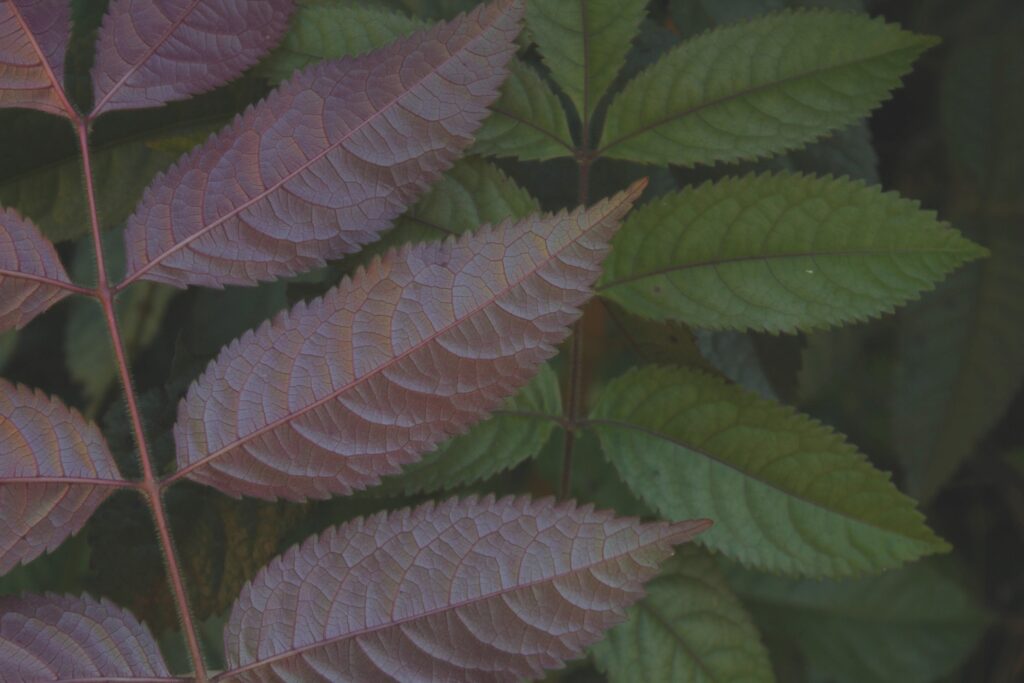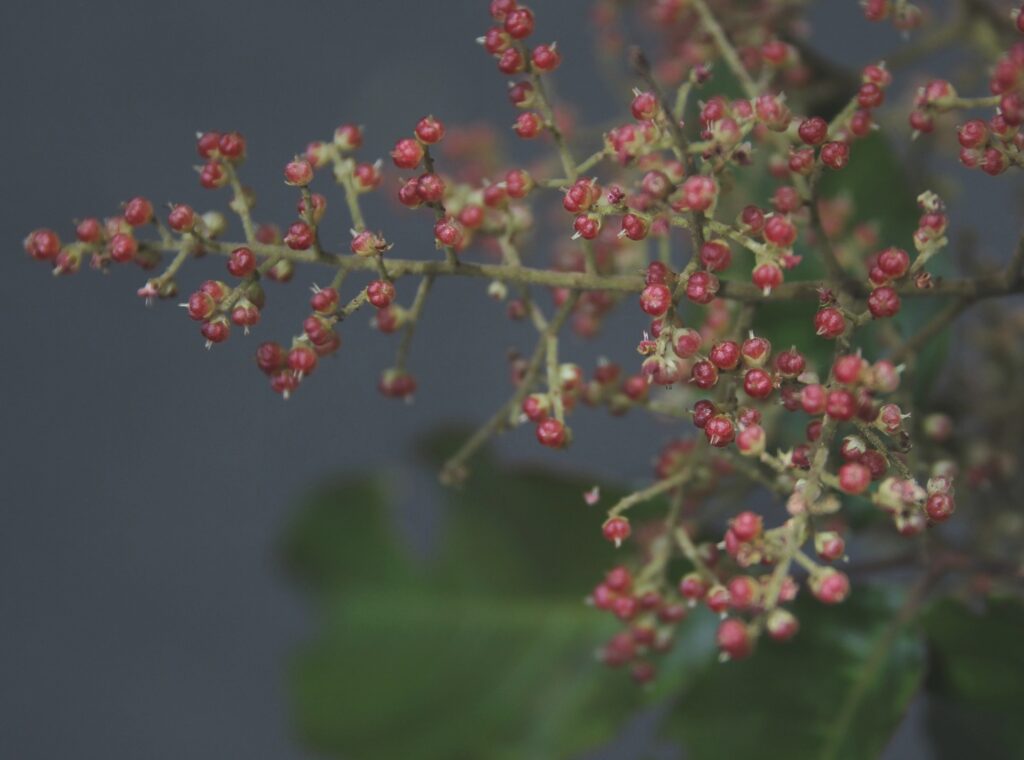
Ackama australiensis (Cunoniaceae), an interesting Queensland endemic, was spotted during our March outing to Paluma. Thanks to John Elliott for the following details and his fine photos.
Ackama australiensis occurs from the McIlwraith Range in Cape York to south of Townsville. The range of the tree is further limited to upland rainforest above 400m in elevation. It only grows in areas of high rainfall, over 1250mm per annum, and mainly between Atherton and Innisfail and the Cooktown area. It prefers the creeks and drainage areas where it finds soft moist alluvial soils and humus-darkened basaltic loams. Here it will reach its maximum dimensions of around 30 metres with a basal girth of up to 3 metres, although usually rather smaller. The large trees will display conspicuous plank buttresses, and heavy concentrations of lenticels giving the appearance of vertical lines in the bark.

The compound leaves are pinnate and consist of 5 or more leaflets which are finely toothed. New growth, particularly in young plants, is often very colourful and decorative giving rise to the name Rose Alder. The more southerly variant Ackama paniculata is known as Rose Leaf Marara for much the same reason.
Substantial numbers of small white flowers are produced on large terminal panicles and the fruit consists of small bright red capsules which are usually 4 celled.

The type specimen was collected by John Dallachy in 1868 from Rockingham Bay but was not described until 1914 by Friedrich Schlechter who named it Betchea australiensis after one Ernst Betche, a botanical assistant at Sydney Herbarium and author. In 1936 the name was revised to Ackama, then more briefly to Caldcluvia after 19th century botanic collector Alexander Caldcleugh, before reverting to its current name. Ackama is derived from the Maori name for Ackama rosifola, ‘makamaka’ recorded by Alan Cunningham in 1839 and changed to conform to botanical Latin!
The Queensland Forest Service were responsible for the common name Rose Alder, because in type and utility the wood resembles that of the European Alder. Among the tree’s other names, Sugar Bark is derived from the sugar-cane-odoured bark, whilst Feather Top refers to the effect of the flowers and leaves in the canopy. Qualities of the timber, soft, open grained with a cedar like texture, gave rise to additional common names including Cedara and Atherton Pencil Cedar.
‘Rose Alder is usually sound and solid and makes very light and easy chopping for the fellers. The wood is light, weighing when air-dried from 36 to 42 lb. per cubic foot’ (575 kgs/m³). The timber has a rosy-chocolate or reddish-mauve hue, and is very light, porous and woolly fibred.
‘It has a quality of toughness, bores easily without splitting, is extremely easy to work, turns cleanly, and dresses with a fine finish revealing a close, even texture of attractive tone. It can also be easily stained and holds glue well.’
Information taken from a variety of historical sources, particularly Swain E K, The Timbers and Forest Products of Queensland, 1928.